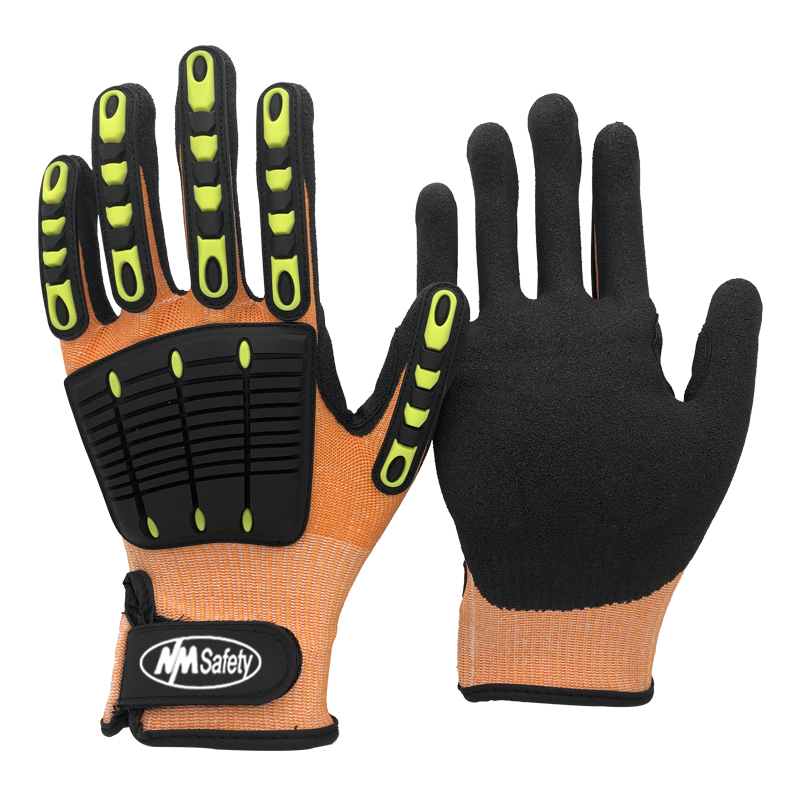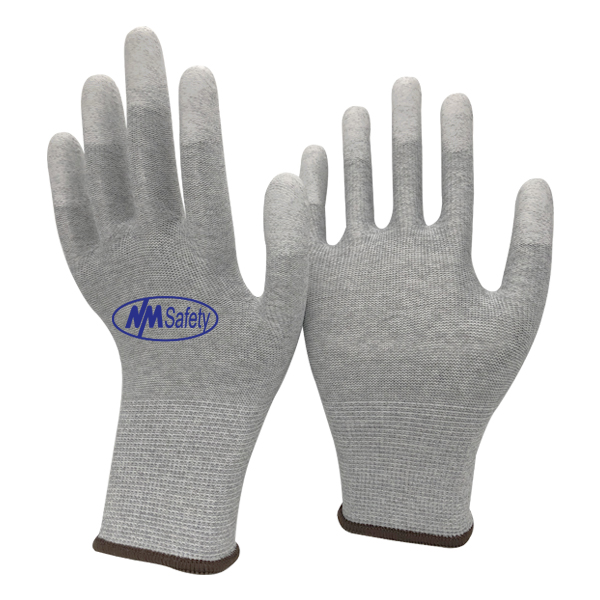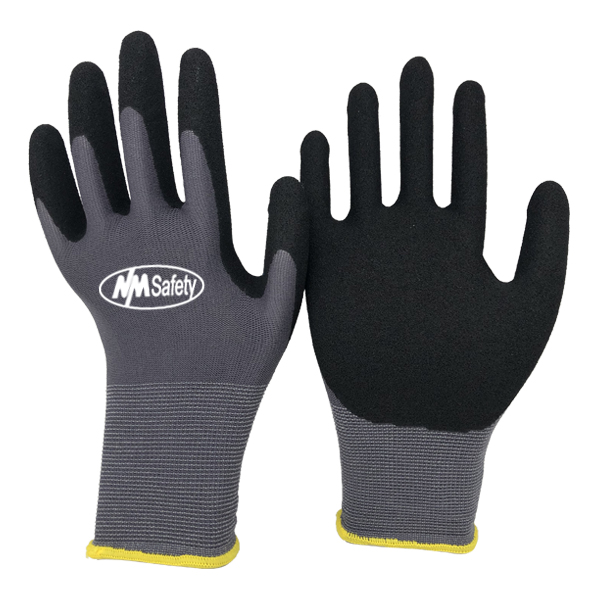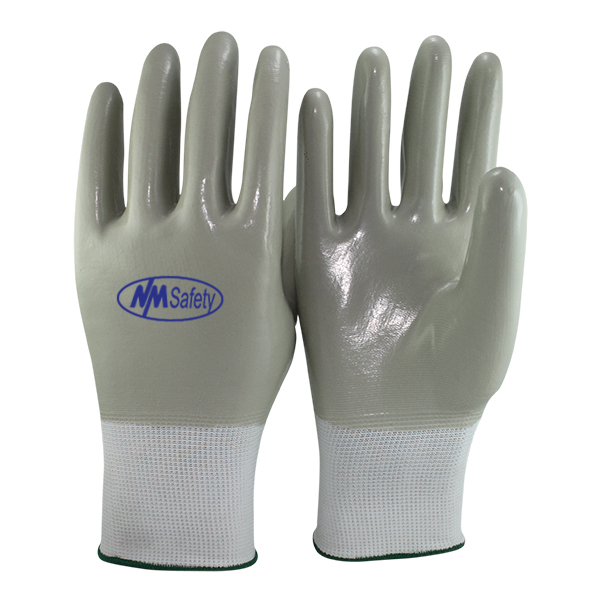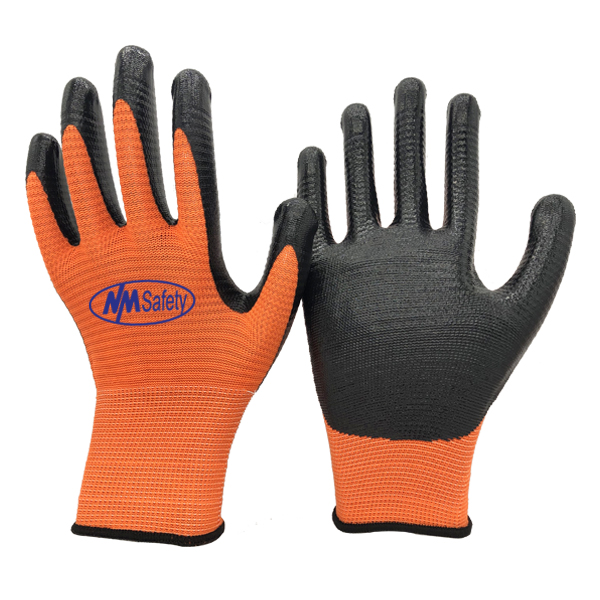Impact Resistance And Use Of Safety Gloves:
A material's or structure's ability to survive structural breakdown is determined by a combination of forces or stresses applied over a short period of time. Impact-resistant gloves appear to be required when the risk of damage is greatest. The most affected industries include petroleum and gas, manufacturing, oil drilling, and construction. In the automobile, petrochemical, and aerospace industries, however, impact hazards to the palm and fingers are common. In industries where there is a substantial risk of harm, high-impact gloves are designed to protect hands and fingers from compressing force risks.
Is It Important To Wear Impact-Resistant Gloves Handling Heavy Objects?
Impact gloves with a secure cuff design can help reduce the probability of compression fractures or other hand-related injuries. It's also necessary to wear these impact-resistant gloves during other chores to save your hands from liquids, uneven timber, wounds, and skin irritation. Gloves are a must-have piece of personal protective equipment. Some employees prefer not to use gloves while using table sharp knives because they are concerned about wristbands or finger pads possibly caught in the tools.
When To Wear These Impact Resistant Gloves:
These gloves can be worn for many purposes because of their comfort and protection level but here are some of the reasons that make their uses compulsory. These are as follows:
To Get Arc Flash Protection:
These impact-resistant gloves allow you to multitask and are capable of much more than just giving cut, impact resistance, and a secure grip. The most important thing is operating with transformers as there are many risks for the workers but it's also critical to ensure that the employees are properly protected from arc flash. Synthetic fibers have a dual purpose in this approach since they guard against grease, shock, and arc flash.
Metal And Steel Reinforcement:
Cut-resistant impact gloves are an excellent alternative for preventing injuries and lacerations from forceful hits. It's convenient for employees to knock their knuckles or cut their fingers while working with rebar, whether they're twisting, molding, collecting, or zigzagging it to lay concrete.
Shock Absorbance:
These gloves not only withstand greasy liquids but also give excellent back-of-the-hand impact protection. Falling a large automotive part on the hand is always a possibility, and it can be exceedingly unpleasant as well as inflict significant bodily injury. The puncture-resistant feature soaks up shock and lessens injury severity.
Increased Comfort:
TPR along with dipped/coated gloves has made it easy for employment as impact hazards are much reduced. Because these mittens are more contoured-fit and are made of knitted material, the sewing on the inside may be felt, causing friction burns and discomfort. This is why heat-pressed TPR is used to make them even more comfortable and sturdy.
Can You Wear These Impact Resistant Gloves For Fishing Purposes?
Sure, this is the ideal choice if you require the most protection from fish, tackle, and the sun. When fishing in freezing weather, you must keep your hands comfortable. They provide fine grip and better motor coordination due to the sandy nitrile coating. Unfortunately, its biggest flaw is that it doesn't give sufficient physical skill to make loops or trap hooks. Such a type of glove will protect your knuckles completely.
Preferred Characteristics To Check Before Buying Your Gloves:
Here are some characteristics that can be implemented as a general rule to find the best pair compatible for your workplace.
Cut Safety:
Cut and abrasion resistance are other important considerations when it comes to cut-resistant gloves. Not only are you at risk for impact injuries, but you're also at risk for cuts.
Weather-Wicking:
When you operate in the oil and gas business, you're more likely to see material slippage, which is a major issue that can lead to a variety of unpleasant outcomes. This is why your gloves should be covered with a non-slip material that is also anti-contamination.
The Flow Of Air And Coziness:
The most crucial factors to consider while buying impact-resistant gloves are comfort and breathability. Look for gloves with polyester or cottony liners to maintain breathability throughout the glove.
Choose Appropriate Fabric:
Make sure the fabric is the right grade and kind for the level of protection you need at work. Look for more durable and breathable options.
Measurements:
In all cases, size is critical to avoid suffering. Examine the shape of your hand to determine your size. Examine your impact-resistant glove to see if it is too tight.
Resilience To Changes In Temperature:
Working in a warehouse or in the industrial industry exposes you to extreme temperatures on a regular basis. Thermal resistance is therefore an inherent element in extreme temperature conditions.
Our Recommendation For Impact Resistant Gloves:
Impact Resistant Sandy Nitrile Coated Gloves:
Your TPR glove must contain good material like 13 gauge nylon & spandex knitted liner as knitted material gonna keeps you comfortable while HPPE and steel fibers are ideal to offer protection against the cut, oil, and impact. Sandy nitrile is used as the coating material to add excellent handgrip to them. Like many workers who wear simple nitrile gloves while working in the petroleum industry, they majorly complain about the losing grip. So to solve the issue sandy nitrile has been used here as foam nitrile works better when it comes to slip resistance but it maintains dexterity as well.
Conclusion:
As the basic things about these impact and cut-resistant gloves have been explained. Now you know everything that why using these gloves is important for your employment. You should make use of gloves compulsory while performing difficult tasks accurately. Our tips can help you choose a good impact-resistant glove pair. All you have to do is to buy from a trustworthy vendor. We suggest NMSafety as there’s no other like them when it comes to supreme quality and low pricing.







